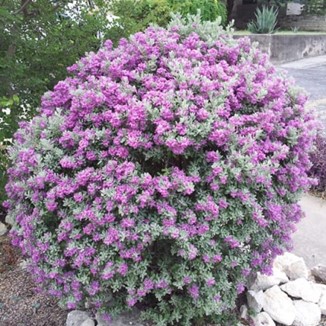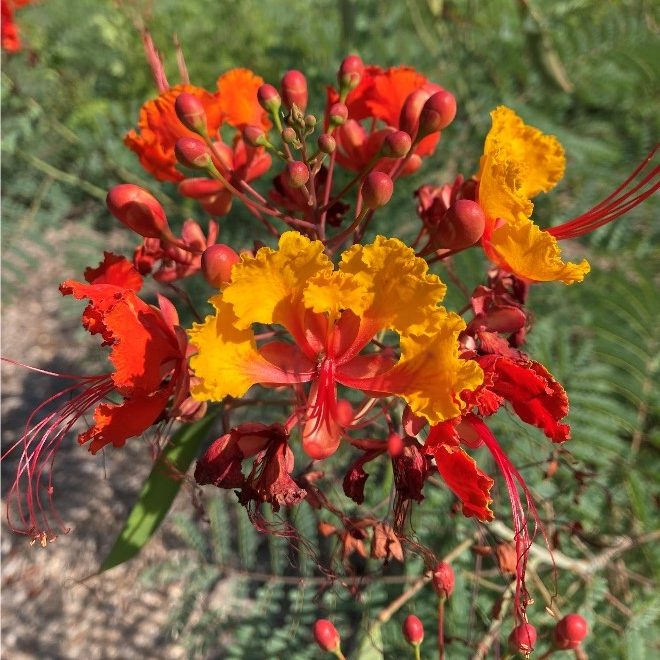Watering profusely will not make everything alright. In this heat, many plants are just trying to survive, not grow and bloom.
Our Central Texas heat has always been a challenge for gardeners. But the extreme heat we’re experiencing lately can be tough on even the hardiest plants.
How do we keep our plants and lawns alive through daily triple digit temperatures?
Adjust your expectations.
In this heat, plants are just trying to survive, not grow and bloom. Watering profusely will not make everything alright. You won’t have profusely blooming beds or lush green lawn, but you are likely to receive a citation for breaking Stage Two watering rules. Most plants grow best in temperatures ranging from 59 to 86 degrees. When temperatures are above 90 degrees for extended periods, plants slow their growth and go into survival mode. At temperatures above 100 degrees, many plants can survive but will show clear signs of heat stress. Other factors, such as drought or wind, will exacerbate that stress.
Strive for alive.
When it comes to lawns, take the pressure off the grass and let it go dormant this summer. Just like in winter, lawns can sleep a bit when times are stressful. Remember: it’s not dead just because it’s brown. A deep once-a-week watering will keep the grass alive until the heat dissipates. The life of grass is truly in the roots and rhizomes. So let the blades brown for summer and thrive again come fall.
Stick with the survivors.
Let’s be honest, the heat isn’t an anomaly — it’s becoming the new normal. Struggling plants are easy to spot. But look closer and you’ll also see great examples of plants that are truly shining through the brutal heat. Take notes and photos. Visit natural area parks and greenways to see what plants are making it without anyone tending to their watering needs. Many are commercially available at nurseries. Then, consider replacing your water-guzzling grass with these heat-hardy stalwarts.
We’ll even give you a $100 coupon to purchase some to replace 200-square-feet of grass. It’s a great way to have a more resilient, water-saving yard that beats the heat every summer!




